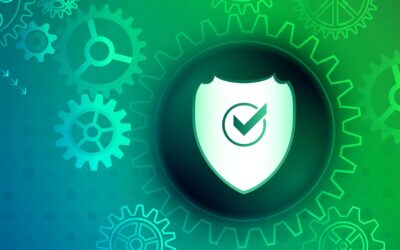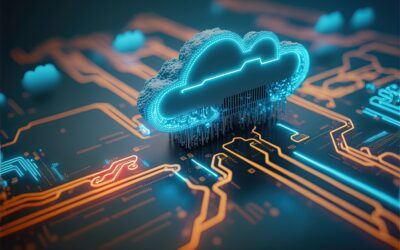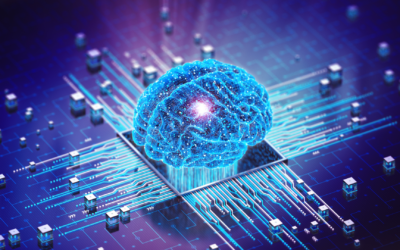Data is one of an organization’s most valuable resources, making it a popular target for cyber criminals. With more people working remotely during the COVID-19 pandemic under weaker home security, Dell Technologies reports that ransomware attacks are up by 148%.
Companies must protect their data to avoid costly downtime and potential loss of partner and consumer confidence. For this reason, cybersecurity is a top priority. However, even with the most advanced security, it is not a matter of if but a matter of when an attack will occur. Therefore, users should establish a plan for incident management and recovery early on.
New Threats to Cybersecurity
Data’s vulnerability increases with the number of users and systems that have access to it. With more people working from home during the pandemic, many organizations are facing a complex security situation.
Increased attack surface
Individuals working remotely may need to access a company’s resources from outside the corporate network on devices with varying levels of cybersecurity. This expands the attack surface that a cybercriminal can target and ultimately increases the number of attack vectors.
Increased ransomware attacks
With this increase in data vulnerability, ransomware attacks are on the rise. Ransomware is a type of malware where an attacker encrypts or threatens to publish an individual’s or organization’s data, demanding a ransom to unencrypt or secure the data.
Decreased company value
Companies that fail to manage ransomware attacks face problems not only in recovering data but also in maintaining the trust of customers and partners. Lost trust can result in a loss of business, and if you’re a public company, it can negatively impact share prices.
Tips for Data Protection
For companies, defending against ransomware and cyberattacks by protecting data is crucial. Here are a few new cybersecurity tips for data protection.
Update code
With any software, including cybersecurity technology, keeping application and plug-in code up to date will reduce vulnerabilities and the likelihood of attacks. Developers are always working to improve software and fix security holes, so being code current can help users mitigate risk.
Manage passwords
To keep data as secure as possible, all users in an organization should create unique and complex passwords—and not reuse them elsewhere. Secure password managers can help users keep track of passwords safely.
Utilize smart storage
Smart storage solutions can help companies stay ahead of cyber threats and minimize incident impact by using adaptive analytics, machine learning and forensic tools. These intelligent storage systems detect ransomware attacks to data and proactively alert the user. This technology helps organizations recover quickly from threats, avoid business interruptions and minimize the resulting costs.
Isolate data
Cyberattackers target the primary copy of data and any backups available, so another key recovery strategy is backing up data to an isolated center. Organizations can store sensitive data in digital vaults that are disconnected from the corporate network and reserve access to those with the highest clearance.
Further, vaults with an operational air gap are disconnected from the internet except during data uploads. Isolating data in this way keeps it safe from potential attackers and can allow companies to recover quickly from an attack with an automated data-restoring process backup.
Create a Recovery Strategy with Converge
New cybersecurity tips for data protection include proactive storage solutions—such as real-time threat monitoring and air gap isolating technology—and preparations for attack recovery.
Email us to learn how the Dell EMC PowerProtect portfolio can help you create a cyber-recovery strategy.





